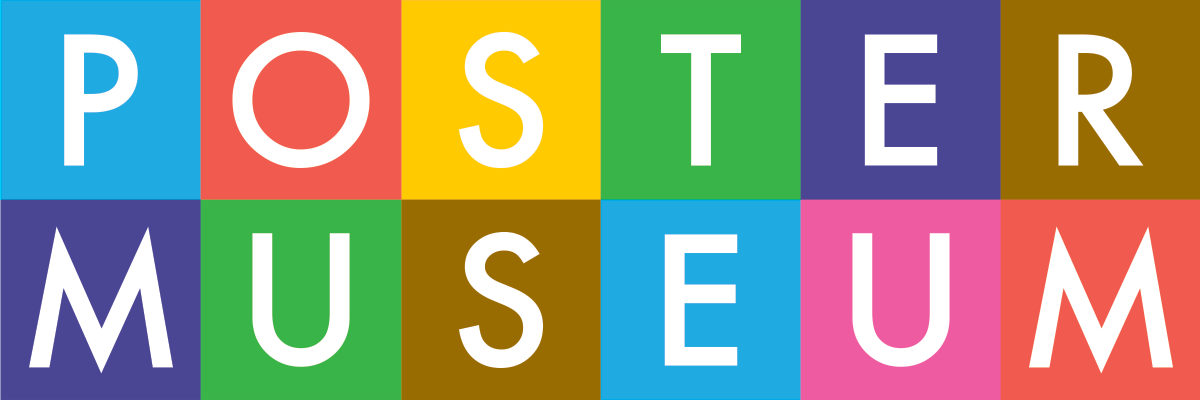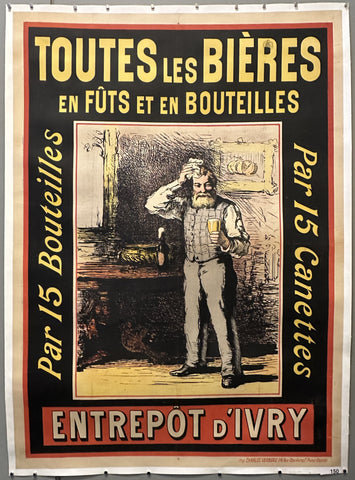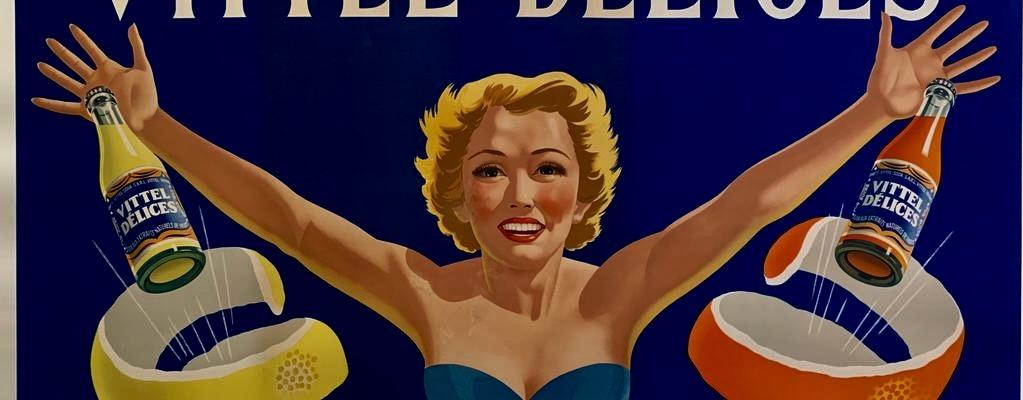A Workshop in Color and Design #05
U.S.A., c. 196536 x 24 in (91 x 61 cm)
ID #FF2CPK12-Z-177
Original silkscreen poster by artist Peter Gee for a workshop on color and design taught by Peter Gee himself. The workshop examined "the elemental principles involved within color and design" inspired by "the abstract, color form space and from nature." Gee's genius for design is demonstrated on the poster itself: the contrasting burnt orange and white of the target are striking. The poster's charm lies in its simplicity.
Peter Gee was a British-born artist who rose to prominence as part of the 60s pop art movement in New York. Before moving to Manhattan in 1962, Gee had achieved moderate success in Europe. At 18, he joined the British army as a graphic designer, and soon after, his work was exhibited in the galleries of Paris and London. It wasn’t until New York, however, that Peter Gee’s now iconic style really took off. A Peter Gee print is instantly recognizable: the arrangement of basic shapes, usually targets and daisies, over strips of color has an immediacy that is totally its own. Through his work, Gee balanced the technical and sensual. Certainly, a great degree of expertise was required to create his silkscreens: the technical skill demanded to print vibrant colors and distinct shapes on material as finicky as rice paper cannot be understated. Yet, as Gee would agree, his work was much more than just applied art. Gee was an ardent student of color theory, and his color combinations are startling not just for their abstract aesthetic appeal, but for the individual artistic choice evident in them. Like much of pop art, Gee’s art directly confronted the consequences of mass production. Gee kept the composition of his prints largely consistent, and yet each manages to feel uniquely individual nonetheless.
Gee’s artistic influences are myriad. His prints were the modern evolution of Matisse’s cut-outs, and both revelled in the simple beauty of form. His target iconography is reminiscent of Jasper Johns’, and both used this design to combine the abstract (circles) with the representational (targets). And his approach to design was inspired from his studies of Bauhaus, namely the principle that the whole man-made environment was an object of design. But Gee influenced the art scene as much as he was influenced by it. After finding success in the pop art scene—exhibiting with the likes of Andy Warhol and Robert Indiana in MoMA—Gee went on to teach design at the New School, The School of Visual Arts, and the Harvard Architecture School. Gee’s work and his teaching can largely be credited for introducing post-Bauhaus to the United States. He helped propagate the stricter design theories of Bauhaus, while also allowing for an emotional use of color and form. Take the principles, but keep the American attitude towards bending the rules. Moreover, Gee’s design approach is strikingly similar to the growing Swiss Design style of the time. Few other artists could claim to be as much a representative of their time in history as Peter Gee.
Today, Gee’s prints are held in permanent collections in MoMA New York, MoMA Kyoto, The Smithsonian, and the Victoria and Albert Museum in London. Gee’s impact on the pop art movement and design at large is keenly felt.
Artist: Peter Gee
Year: c. 1965









